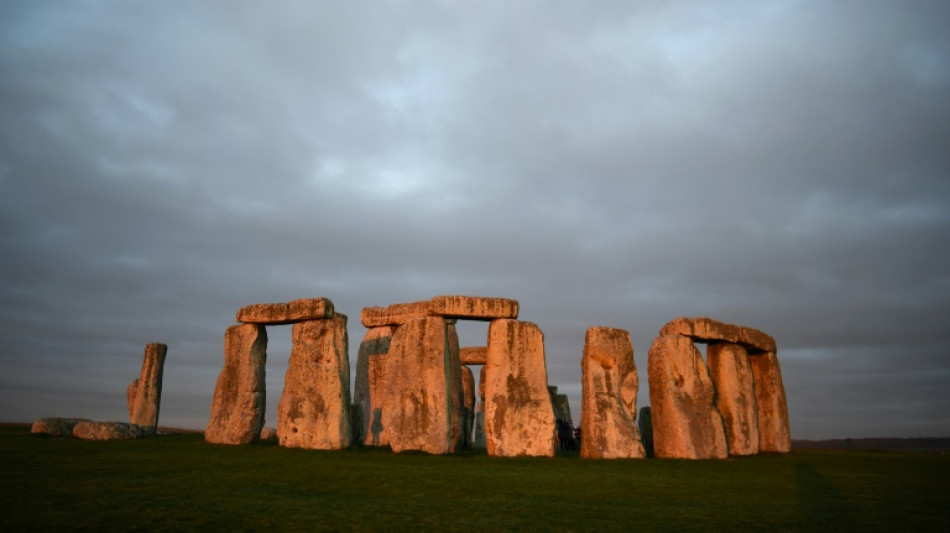
-
 Russia hits Ukraine energy sites, killing one, wounding children
Russia hits Ukraine energy sites, killing one, wounding children
-
Asia markets fluctuate as investors mull Trump-Xi talks

-
 Trump, Xi ease fight on tariffs, rare earths
Trump, Xi ease fight on tariffs, rare earths
-
Volkswagen posts 1-billion-euro loss on tariffs, Porsche woes

-
 'Fight fire with fire': California mulls skewing electoral map
'Fight fire with fire': California mulls skewing electoral map
-
Fentanyl, beans and Ukraine: Trump hails 'success' in talks with Xi
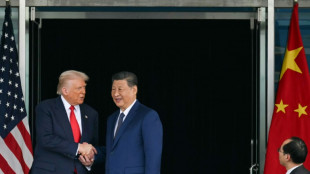
-
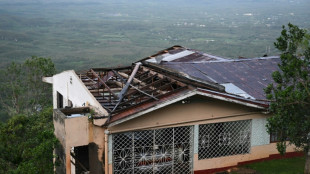 'Nowhere to sleep': Melissa upends life for Jamaicans
'Nowhere to sleep': Melissa upends life for Jamaicans
-
Irish octogenarian enjoys new lease on life making harps
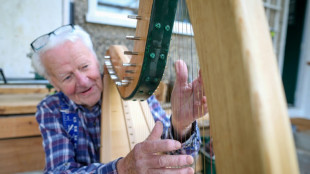
-
 Tanzania blackout after election chaos, deaths feared
Tanzania blackout after election chaos, deaths feared
-
G7 meets on countering China's critical mineral dominance
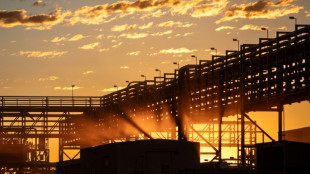
-
 Trump hails tariff, rare earth deal with Xi
Trump hails tariff, rare earth deal with Xi
-
Court rules against K-pop group NewJeans in label dispute

-
 India's Iyer says 'getting better by the day' after lacerated spleen
India's Iyer says 'getting better by the day' after lacerated spleen
-
Yesavage fairytale carries Blue Jays to World Series brink

-
 Bank of Japan keeps interest rates unchanged
Bank of Japan keeps interest rates unchanged
-
Impoverished Filipinos forge a life among the tombstones

-
 Jokic posts fourth straight triple-double as Nuggets rout Pelicans
Jokic posts fourth straight triple-double as Nuggets rout Pelicans
-
UN calls for end to Sudan siege after mass hospital killings

-
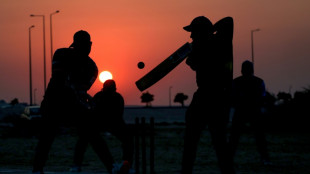 Teenage Australian cricketer dies after being hit by ball
Teenage Australian cricketer dies after being hit by ball
-
As Russia advances on Kupiansk, Ukrainians fear second occupation
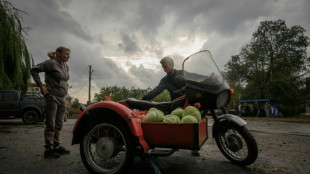
-
 Trade truce in balance as Trump meets 'tough negotiator' Xi
Trade truce in balance as Trump meets 'tough negotiator' Xi
-
China to send youngest astronaut, mice on space mission this week

-
 Yesavage gem carries Blue Jays to brink of World Series as Dodgers downed
Yesavage gem carries Blue Jays to brink of World Series as Dodgers downed
-
With inflation under control, ECB to hold rates steady again
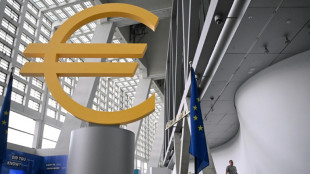
-
 Asia stocks muted with all eyes on Trump-Xi meeting
Asia stocks muted with all eyes on Trump-Xi meeting
-
Personal tipping points: Four people share their climate journeys
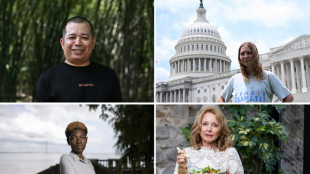
-
 Moto3 rider Dettwiler 'no longer critical' after crash: family
Moto3 rider Dettwiler 'no longer critical' after crash: family
-
US economy in the dark as government shutdown cuts off crucial data
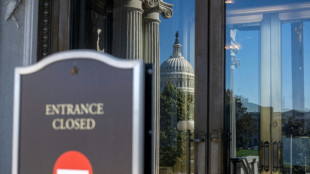
-
 Trump orders nuclear testing resumption ahead of Xi talks
Trump orders nuclear testing resumption ahead of Xi talks
-
'Utter madness': NZ farmers agree dairy sale to French group

-
 Samsung posts 32% profit rise on-year in third quarter
Samsung posts 32% profit rise on-year in third quarter
-
30 years after cliffhanger vote, Quebec separatists voice hope for independence
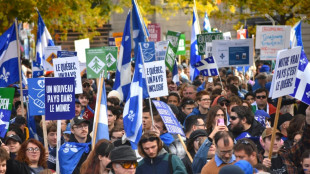
-
 Taxes, labor laws, pensions: what Milei wants to do next
Taxes, labor laws, pensions: what Milei wants to do next
-
South Sudan's blind football team dreams of Paralympic glory

-
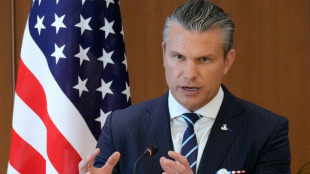 US says 4 killed in new strike on alleged Pacific drug boat
US says 4 killed in new strike on alleged Pacific drug boat
-
What we do and don't know about Rio's deadly police raid

-
 'They slit my son's throat' says mother of teen killed in Rio police raid
'They slit my son's throat' says mother of teen killed in Rio police raid
-
Arteta hails 'special' Dowman after 15-year-old makes historic Arsenal start

-
 Google parent Alphabet posts first $100 bn quarter as AI fuels growth
Google parent Alphabet posts first $100 bn quarter as AI fuels growth
-
Underwater 'human habitat' aims to allow researchers to make weeklong dives

-
 Maresca slams Delap for 'stupid' red card in Chelsea win at Wolves
Maresca slams Delap for 'stupid' red card in Chelsea win at Wolves
-
'Non-interventionist' Trump flexes muscles in Latin America

-
 Slot defends League Cup selection despite not meeting 'Liverpool standards'
Slot defends League Cup selection despite not meeting 'Liverpool standards'
-
'Poor' PSG retain Ligue 1 lead despite stalemate and Doue injury
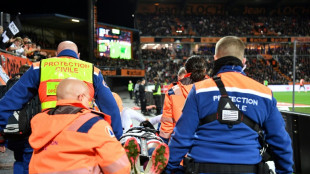
-
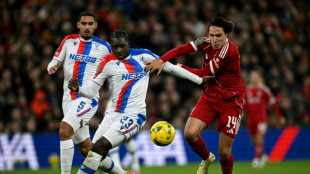 Liverpool crisis mounts after League Cup exit against Palace
Liverpool crisis mounts after League Cup exit against Palace
-
Kane scores twice as Bayern set European wins record

-
 Radio Free Asia suspends operations after Trump cuts and shutdown
Radio Free Asia suspends operations after Trump cuts and shutdown
-
Meta shares sink as $16 bn US tax charge tanks profit

-
 Dollar rises after Fed chair says December rate cut not a given
Dollar rises after Fed chair says December rate cut not a given
-
Google parent Alphabet posts first $100 bn quarter as AI drives growth


New show explores 'interconnected world' behind Stonehenge
As the sun rose over the frost on Salisbury Plain, archaeologist Sarah Greaney conjured up a picture of the hundreds of workers who built Stonehenge, a Neolithic wonder in southern England.
"These people are farmers, they have crops, they have animals and the turning of the year would have been a major part of their lifestyles," Greaney, senior properties historian at English Heritage, told AFP.
It is 4,500 years since labourers from across Britain and the European mainland descended on the vast plain in southwest England, hoisting the huge stones to form the now world-famous landmark -- a miraculous feat celebrated in a major new exhibition at the British Museum in London.
Declared a UNESCO World Heritage Site in 1986, Stonehenge was not built by slaves but by "volunteers" on a kind of spiritual pilgrimage, said Greaney.
"I imagine it a bit like your lifetime trip to Mecca," she added.
"Maybe once in your life, you go and spend a year helping with the big communal religious project, which is going to solve society's problems and sort out the relationship with the gods."
The stone monument -- carved and constructed at a time when there were no metal tools -- symbolises Britain's semi-mythical pre-historic period, and has spawned countless legends.
It consists of two concentric circles of stones columns and lintels, and it is believed there was once an altar in the centre.
The two main gates are aligned so that the sun rises through one on the longest day of the year, June 21, and sets through the opposite one on the shortest, December 21.
- 'Interconnected world' -
Adding further intrigue to the site, experts in 2011 revealed that many of the stones came from more than 250 kilometres (155 miles) away.
The builders, migrating in search of more fertile land, could have brought them with them, said Neil Wilkin, curator of the exhibition, which runs from February 17 to July 17.
The stones could have been chosen for their symbolic value, perhaps relating to the builders' ancestors, as remains of cremations were also found, he added.
The show highlights "the vast interconnected world that existed around the ancient monument", he said.
"That idea of being a farmer comes to England, to Britain, from the continent," he explained. "So we're following that through the objects that moved along."
These include an axe head made from green jadeite, mined 1,300 kilometres away in the Italian Alps, and brought to the region 6,000 years ago.
"The exhibition will illustrate these long-distance connections," said Wilkin.
The exhibition will show how recent discoveries using DNA and material analysis are consigning to history the idea that Stonehenge's builders were primitive.
Instead, it presents them as skilled artisans who were already displaying sophisticated understanding and techniques by 2,500 BC.
- 'Once in a lifetime' -
Three kilometres away from Stonehenge, at Durrington Walls, the remains of small houses were found in 2004.
The homes, made of intertwined branches and covered with plaster, housed hundreds of workers from far afield, wearing natural-fibre fabrics and leather slippers stuffed with grass to keep out the cold.
To put Stonehenge in its global context, the British Museum will bring together 430 objects on loan from 35 collections.
"It's a once-in-a-lifetime opportunity to see all of this stuff together," Adrian Green, director of Salisbury Museum, which is contributing to the show, told AFP.
Southwest England is dotted with Neolithic monuments.
They include the circular log structure, Woodhenge, at Durrington Walls, and the five stone burial chambers of West Kennet Long Barrow.
The nearby Avebury stone circle is three times the size of Stonehenge, with stones weighing up to 100 tonnes and a nine-metre (30-foot) deep moat.
The region hopes to take advantage of publicity surrounding the London exhibition to attract visitors after a slump in numbers due to the coronavirus pandemic.
One million people visited Stonehenge every year before Covid-19.
Officials hope new visitors will follow a tourist route called the Great West Way, taking in the other sites rather than just visiting the area on a day-trip.
Stonehenge lost its original use only 100 years after its construction with the arrival of people who brought with them from the continent the mastery of metal -- and with it a revolutionary cultural change.
But the site has never ceased to fascinate and each generation has assigned it a new and mystical purpose.
Many centuries later, thousands gather at the site as Celtic Druids celebrate the winter and summer solstices.
"There is not just one Stonehenge but many," said Wilkin.
O.Bulka--BTB

